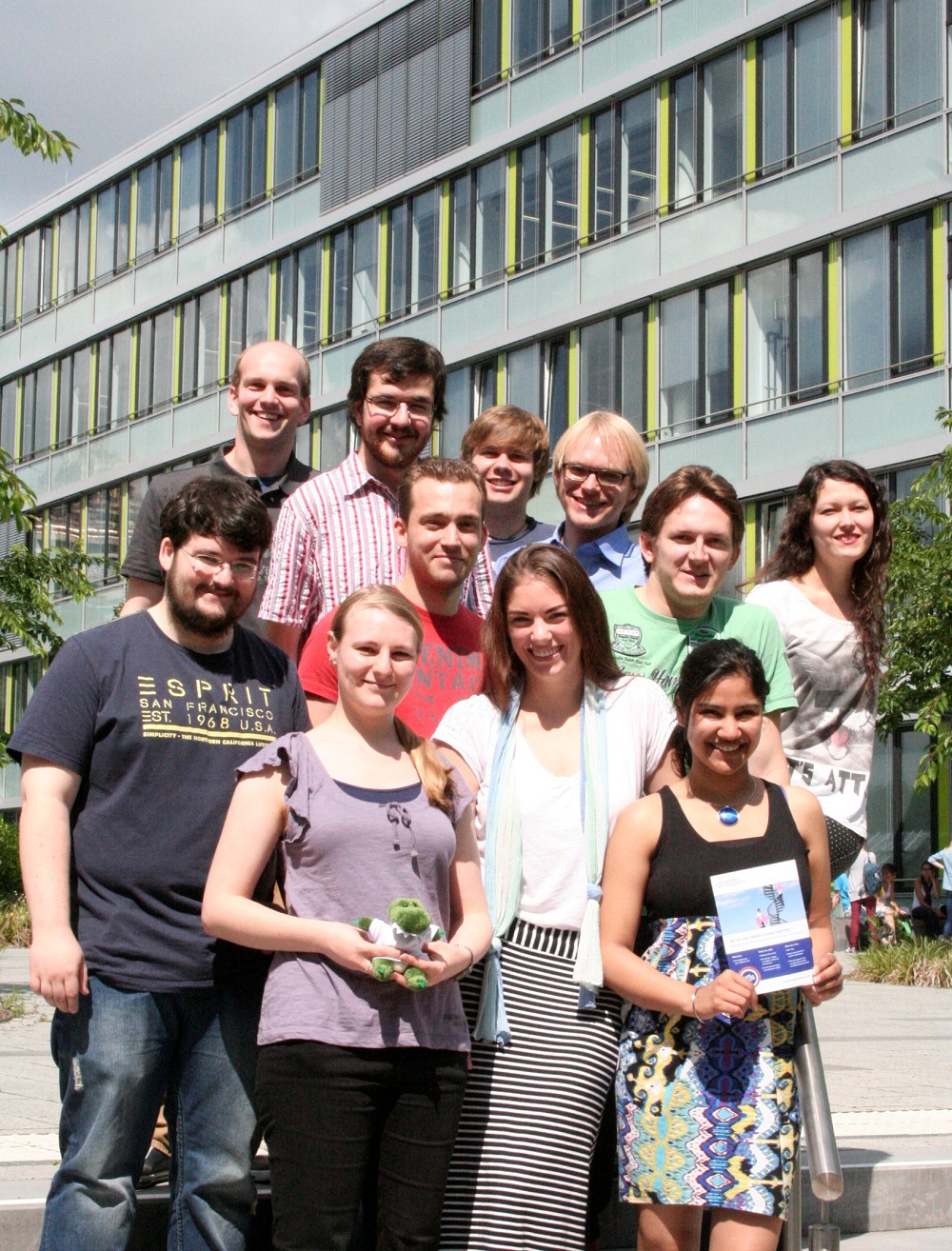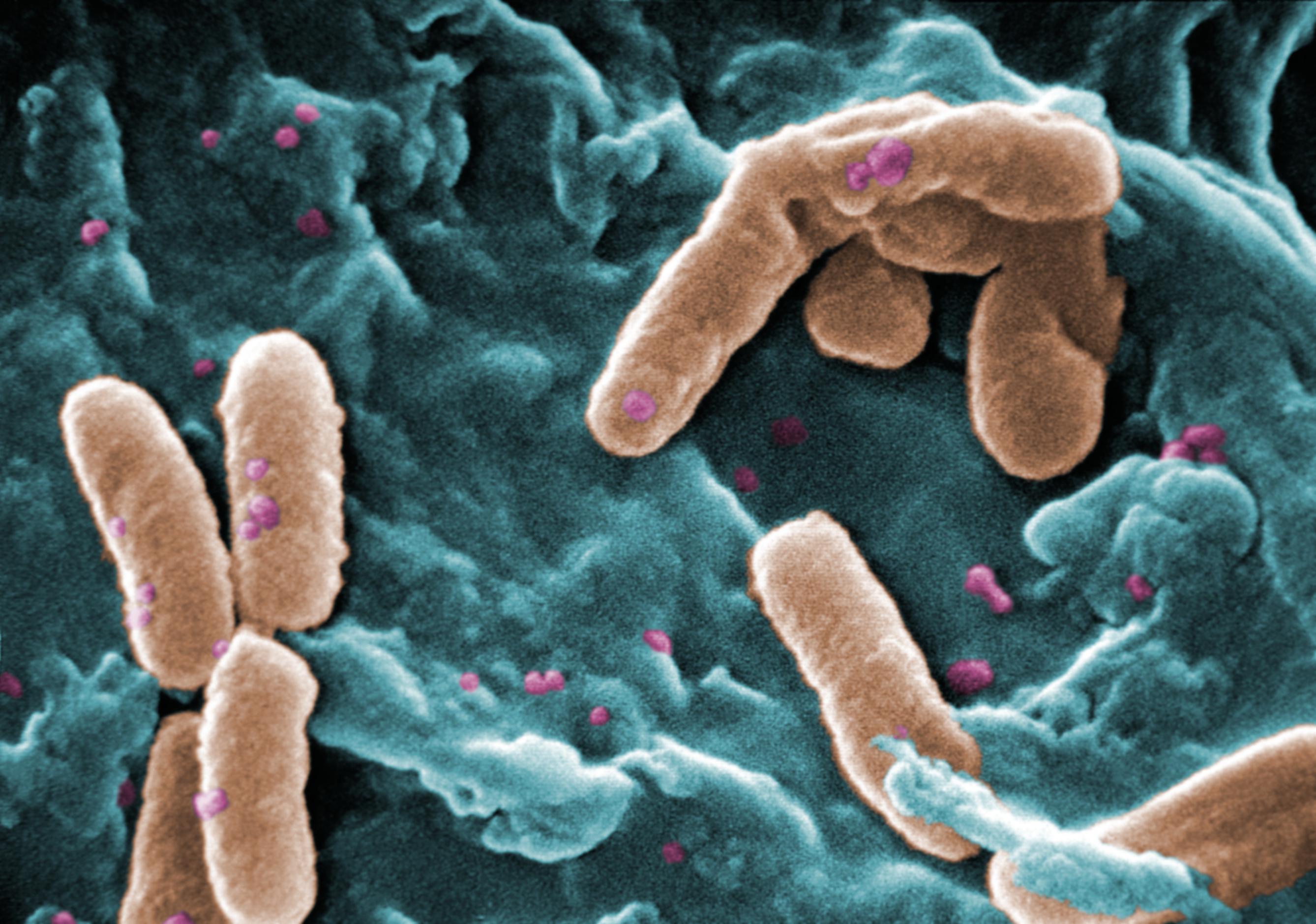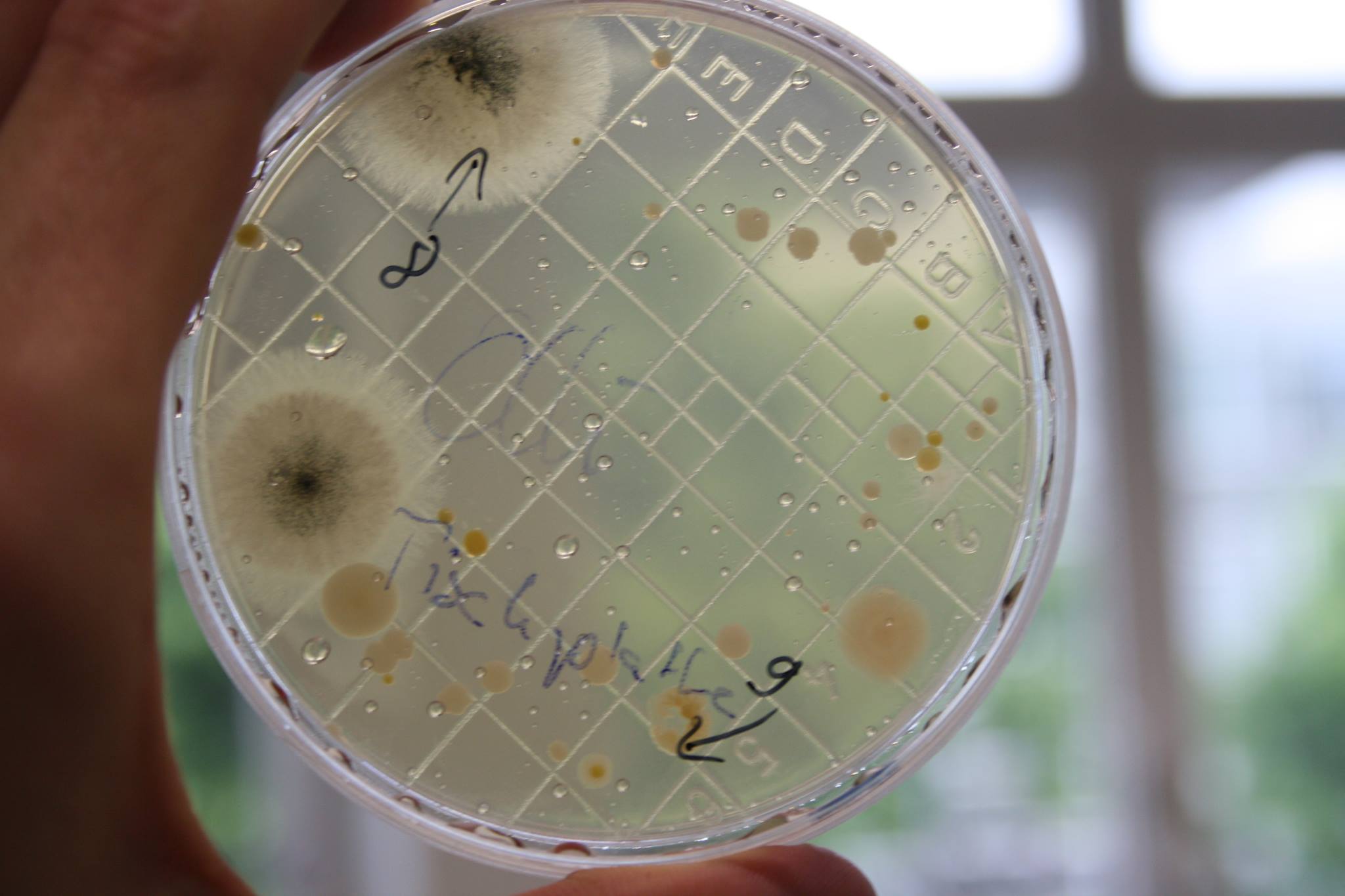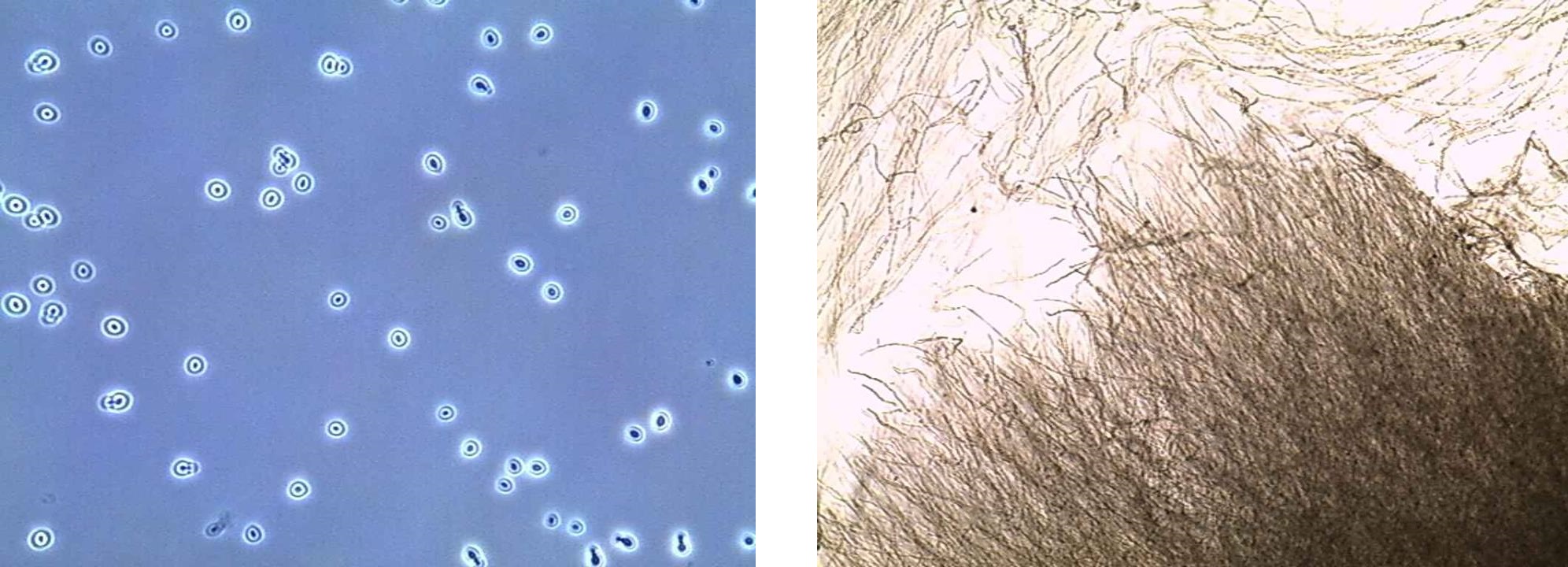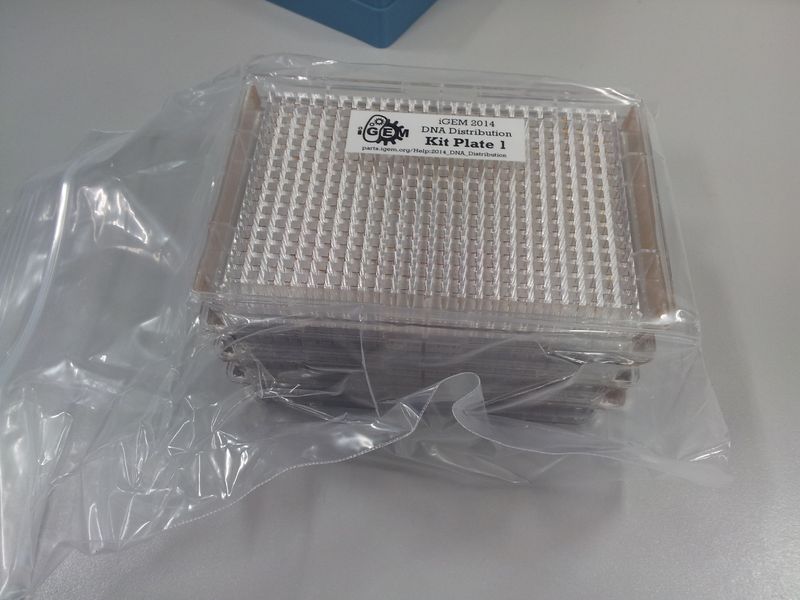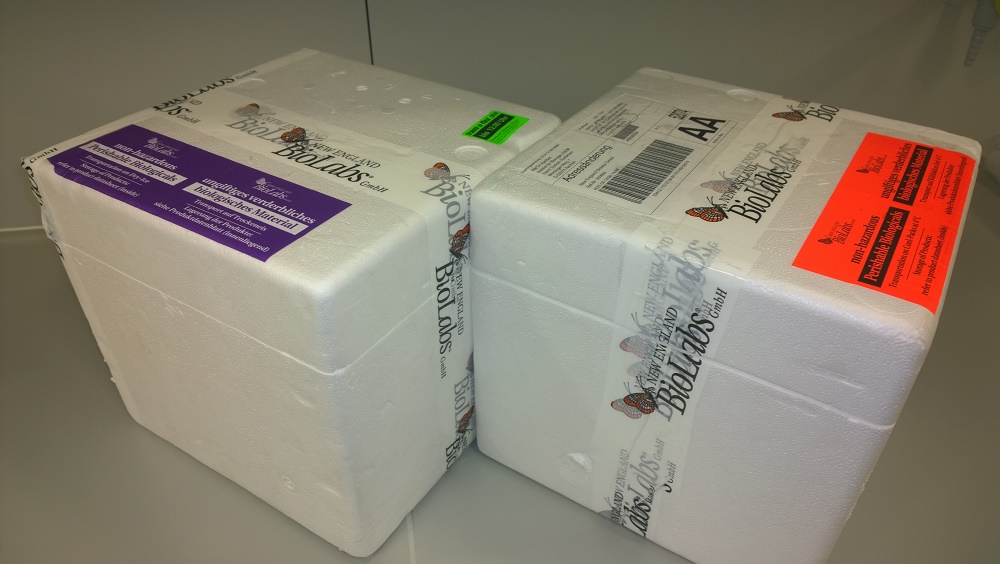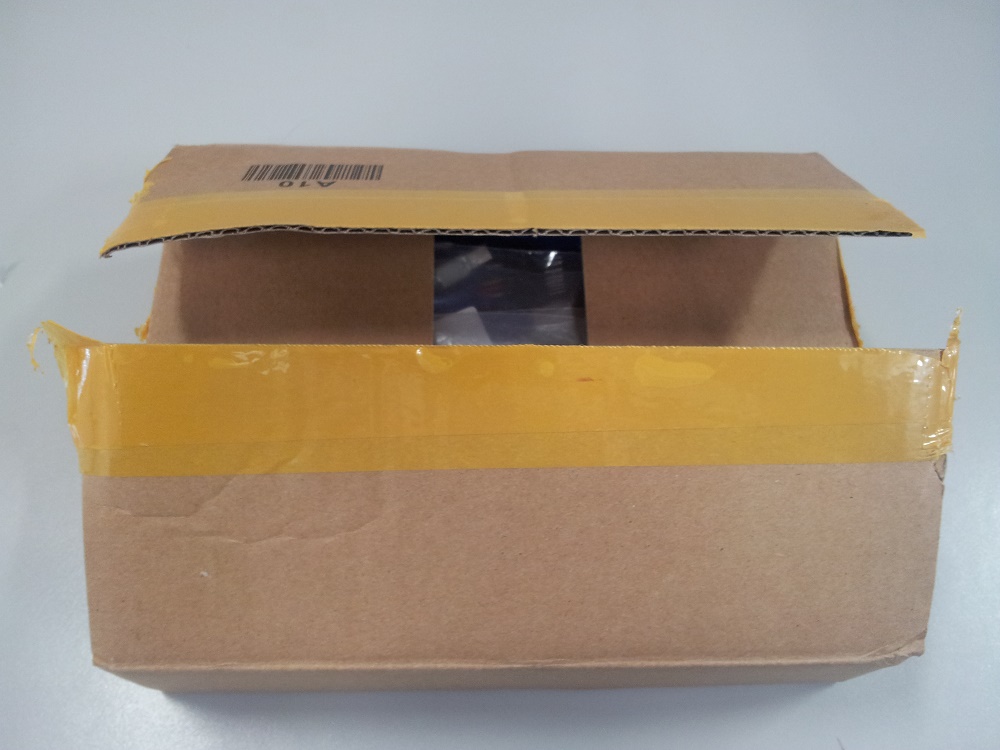Team:Aachen/Blog
From 2014.igem.org
(→Blog #15 - Noneffective Antibiotics (Part I): Dangerous Battle against Killer Germs) |
(→Blog #15 - Noneffective Antibiotics (Part I): Dangerous Battle against Killer Germs) |
||
| Line 161: | Line 161: | ||
{{Team:Aachen/Figure|Aachen_SEM_of_Pseudomonas_aeruginosa.jpg|width=400px|title= SEM of Pseudomonas aeruginosa|subtitle=An opportunistic, nosocomial pathogen of immunocompromised individuals, P. aeruginosa typically infects the pulmonary tract, urinary tract, burns, wounds, and also causes other blood infections.}} | {{Team:Aachen/Figure|Aachen_SEM_of_Pseudomonas_aeruginosa.jpg|width=400px|title= SEM of Pseudomonas aeruginosa|subtitle=An opportunistic, nosocomial pathogen of immunocompromised individuals, P. aeruginosa typically infects the pulmonary tract, urinary tract, burns, wounds, and also causes other blood infections.}} | ||
<html>Are we soon going to be dying of pneumonia again? It is almost unimaginable, but the danger that our antibiotics will soon fail against plagues thought to be conquered a long time ago, is eminent.<!--more-->In fact, the situation has grown very acute. The all-purpose weapon antibiotic is on the verge of losing its vigor since many pathogens, such as the pneumonia causing bacterium <i>Pseudomonas aeruginosa</i> , have become resistant. Experts of the World Health Organization (WHO) have already raised a loud alarm: In their recently published first <a href="http://www.who.int/drugresistance/documents/surveillancereport/en/" title="WHO Antimicrobial resistance: global report on surveillance 2014" target="_blank">global resistance report</a>, they are drawing a rather apocalyptic picture. If nothing is done, doctors soon might not be able to do anything but stand helplessly next to their patients while they are dying from nowadays easily curable diseases or even smallest wound infections. | <html>Are we soon going to be dying of pneumonia again? It is almost unimaginable, but the danger that our antibiotics will soon fail against plagues thought to be conquered a long time ago, is eminent.<!--more-->In fact, the situation has grown very acute. The all-purpose weapon antibiotic is on the verge of losing its vigor since many pathogens, such as the pneumonia causing bacterium <i>Pseudomonas aeruginosa</i> , have become resistant. Experts of the World Health Organization (WHO) have already raised a loud alarm: In their recently published first <a href="http://www.who.int/drugresistance/documents/surveillancereport/en/" title="WHO Antimicrobial resistance: global report on surveillance 2014" target="_blank">global resistance report</a>, they are drawing a rather apocalyptic picture. If nothing is done, doctors soon might not be able to do anything but stand helplessly next to their patients while they are dying from nowadays easily curable diseases or even smallest wound infections. | ||
| - | + | </br> | |
But how did it come so far? There were so many drugs against once deadly pestilences such as syphilis and tuberculosis, and against everyday infections such an inflammation of the middle ear or bladder infection. Meanwhile, these remedies even have become dirt-cheap. And herein lies the problem: Almost all pharma companies abandoned antibiotics research due to economic reasons. Today, they can make more money out of cardiac and cancer treatments that patients have to take for years, than out of antibiotics that the patient has to take just for a few days to get healthy again. | But how did it come so far? There were so many drugs against once deadly pestilences such as syphilis and tuberculosis, and against everyday infections such an inflammation of the middle ear or bladder infection. Meanwhile, these remedies even have become dirt-cheap. And herein lies the problem: Almost all pharma companies abandoned antibiotics research due to economic reasons. Today, they can make more money out of cardiac and cancer treatments that patients have to take for years, than out of antibiotics that the patient has to take just for a few days to get healthy again. | ||
| - | + | </br> | |
As the German business news magazine <a href="http://www.wiwo.de/technologie/forschung/wirkungslose-antibiotika-gefaehrlicher-kampf-gegen-killerkeime/10076108.html" target="_blank">Wirtschaftswoche</a> reported today, the circumstances are so extreme that even governments – usually the last ones to react – are now investing in order to make antibiotic research palatable for the pharma industry again: The EU plans to accelerate research through their New Drugs for Bad Bugs program while the British GlaxoSmithKline receives 200 million dollars from the US Ministry of Health with the order to develop new drugs against antibiotic resistant germs. | As the German business news magazine <a href="http://www.wiwo.de/technologie/forschung/wirkungslose-antibiotika-gefaehrlicher-kampf-gegen-killerkeime/10076108.html" target="_blank">Wirtschaftswoche</a> reported today, the circumstances are so extreme that even governments – usually the last ones to react – are now investing in order to make antibiotic research palatable for the pharma industry again: The EU plans to accelerate research through their New Drugs for Bad Bugs program while the British GlaxoSmithKline receives 200 million dollars from the US Ministry of Health with the order to develop new drugs against antibiotic resistant germs. | ||
| - | + | </br> | |
But it did not take any government money for big pharma companies such as Roche and Bayer to make a face-turn and invest again in fields closed or demerged a long time ago. The French-German company Sanofi, too, also expects good business. In collaboration with the Fraunhofer Institute for Molecular Biotechnology and Applied Ecology in Gießen, they retrieve their collection of over 120.000 frozen microbes that once was a good source for novel drugs. Some of the fungal and bacterial strains are more than a century old. Such stocks are not only an invaluable treasures for companies like Sanofi, but they are also a sort of life insurance for human kind against the constantly emerging new forms of extremely aggressive, life-threatening germs. | But it did not take any government money for big pharma companies such as Roche and Bayer to make a face-turn and invest again in fields closed or demerged a long time ago. The French-German company Sanofi, too, also expects good business. In collaboration with the Fraunhofer Institute for Molecular Biotechnology and Applied Ecology in Gießen, they retrieve their collection of over 120.000 frozen microbes that once was a good source for novel drugs. Some of the fungal and bacterial strains are more than a century old. Such stocks are not only an invaluable treasures for companies like Sanofi, but they are also a sort of life insurance for human kind against the constantly emerging new forms of extremely aggressive, life-threatening germs. | ||
| - | + | </br> | |
Nonetheless, it will take years until market-ready drugs arise from the now kicked off research projects. Thus hope especially rests on some few pharma and biotech companies that unperturbedly did their research, and that are already one step ahead of the others. They are already up with new or pre-commercial drugs. It will depend on these new remedies whether mankind in the 21st century will or will not give way again to pathogenic germs. | Nonetheless, it will take years until market-ready drugs arise from the now kicked off research projects. Thus hope especially rests on some few pharma and biotech companies that unperturbedly did their research, and that are already one step ahead of the others. They are already up with new or pre-commercial drugs. It will depend on these new remedies whether mankind in the 21st century will or will not give way again to pathogenic germs. | ||
| - | + | </br> | |
Source: <em><a href="http://www.wiwo.de/technologie/forschung/wirkungslose-antibiotika-gefaehrlicher-kampf-gegen-killerkeime/10076108.html" target="_blank">"Wirkungslose Antibiotika" published in Wirtschaftswoche on June 23rd, 2014.</a></em></html> | Source: <em><a href="http://www.wiwo.de/technologie/forschung/wirkungslose-antibiotika-gefaehrlicher-kampf-gegen-killerkeime/10076108.html" target="_blank">"Wirkungslose Antibiotika" published in Wirtschaftswoche on June 23rd, 2014.</a></em></html> | ||
Revision as of 16:40, 2 August 2014
|
|
|
|
|
|
|
|
|
|
|
|
|
|
|
|
|
|
|
|
 "
"
